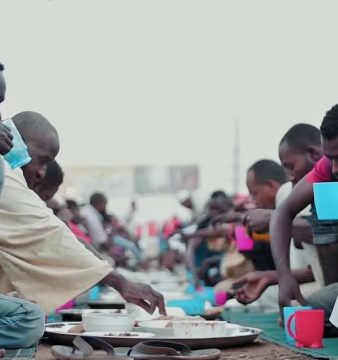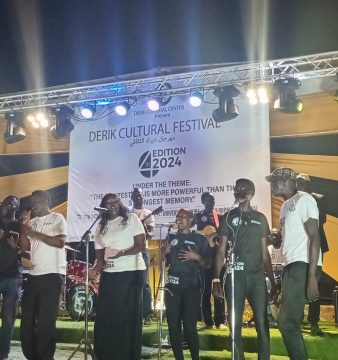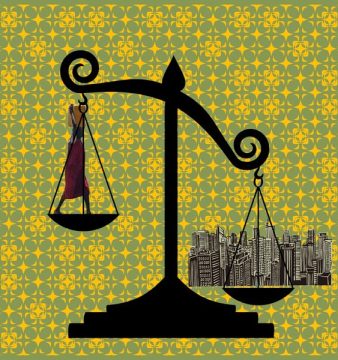The Beja Heritage of India: Interconnections in the Global South
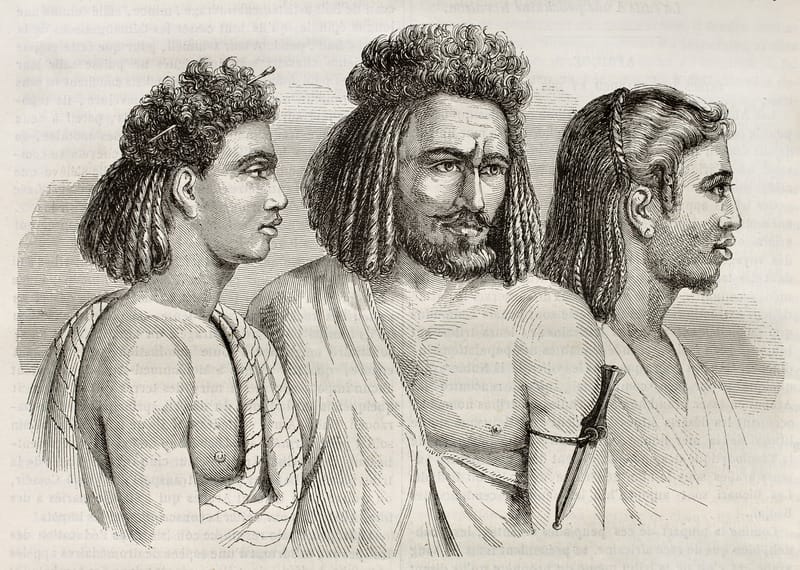
‘The Beja language is spoken in the eastern part of the Sudan by some 1,100,000 Muslim people, according to the 1998 census. It belongs to the Cushitic family of the Afro-Asiatic genetic stock. It is the sole member of its northern branch, and is so different from other Cushitic languages in many respects and especially as regards to the lexicon, that the American linguist, Robert Hetzron (1980), thought it best to set it apart from Cushitic as an independent branch of Afro-Asiatic.’ – Martin Vanhove, The Beja Language Today in Sudan
According to Vanhove, the idea put forward by Hetzron, an orientalist did not gain popularity and it was not taken up. Therefore, the new classification of Cushitic as separate was not popular with other scholars of language and linguists. Ironically, another orientalist scholar and linguist Didier Morin (2001) tried to connect the language of the Beja and another branch of Cushitic, (Low-Land East Cushitic and in particular Afar and Saho). For Vanhove, these three languages – Beja, Afar, Saho – were sharing the same geographic area and were as a result related to each other.
The Beja language is closely linked to the lifeworld of its people. As a result, the orientalist scholars have gone wrong in attributing wrong qualities to it. The link between Beja and the Prakrit language of ancient India is worth pursuing. Such a possibility is ignored by Euro-centric scholars. Such a project linking Beja and Prakrit can potentially enhance links in the global South.
Yemen and India had primordial contacts. The international superhit work by Enseng Ho titled The Graves of Tarim looks at the diasporic migrations whose locus is southern Yemen, and the region of Hadramawt. Pre-historic migration from Mediterranean areas to Malabar coast and other parts of India is an accepted fact. The work by NC Shyamalan, North Africa to North Malabar: An Ancestral Journey, deals with this migration. The author NC Shyamalan is the father of the well-known Hollywood filmmaker Manoj Night Shyamalan, who directed films such as Sixth Sense, Unbreakable, Split, Glass, and more).
Prakrit was a language used in ancient India. It developed between 600 BC and 1000 AD. It was a language of Middle India so to speak. Later, holy literature gave rise to new languages such as Marathi, Bengali and Malayalam. Prakrit is what can be called a spectrum of dialects. Prakrit is related to Beja as a result of migrations. The society shaped its language. Language also shaped its society. Prakrit can be linked to Sanskrit as well as the Buddhist tradition. It was in use in various places in India such as Maharashtra, Magadha, Avanti etc. The Indian linguist and poet from Kerala VT Kumaran has suggested that the negation in certain Indian languages (`illai’) has Arabic antecedents and that certain Indian diacritical marks might have Semitic origins (VT Kumaran, Collected Essays). The South Indian languages borrowed loan words from Prakrit as well as Sanskrit. Bengali language is also closely linked to Prakrit and Sanskrit.
In the book, Tufhat-ul-Hind, the grammarian Mirza Khan mentions Prakrit. When it comes to India, the social and people-to-people links are immensely more powerful than orientalist constructions around core linguistic principles. A considerable body of scholarship on Beja exists. But most of these studies unfortunately have not considered the similarities between the Beja and the Prakrit languages. The Beja-Prakrit connection has to be pursued in earnest.
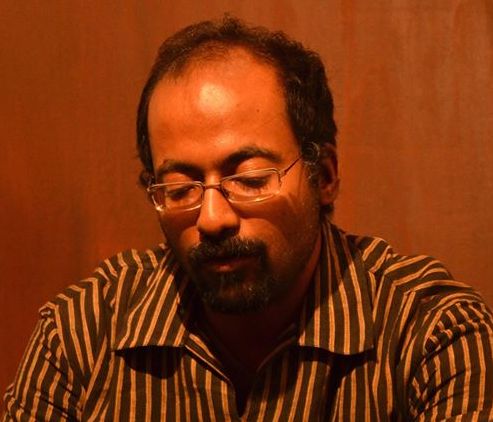
Umar Nizarudeen is with the University of Calicut, India. He has a PhD in Bhakti Studies from the Centre for English Studies in Jawaharlal Nehru University (JNU), New Delhi. His poems and articles have been published in Vayavya, Muse India, Culture Cafe Journal of the British Library, The Hindu, The New Indian Express, The Bombay Review, The Madras Courier, FemAsia, Sabrang India, India Gazette London, Ibex Press Year’s Best Selection, and also broadcast by the All India Radio.

